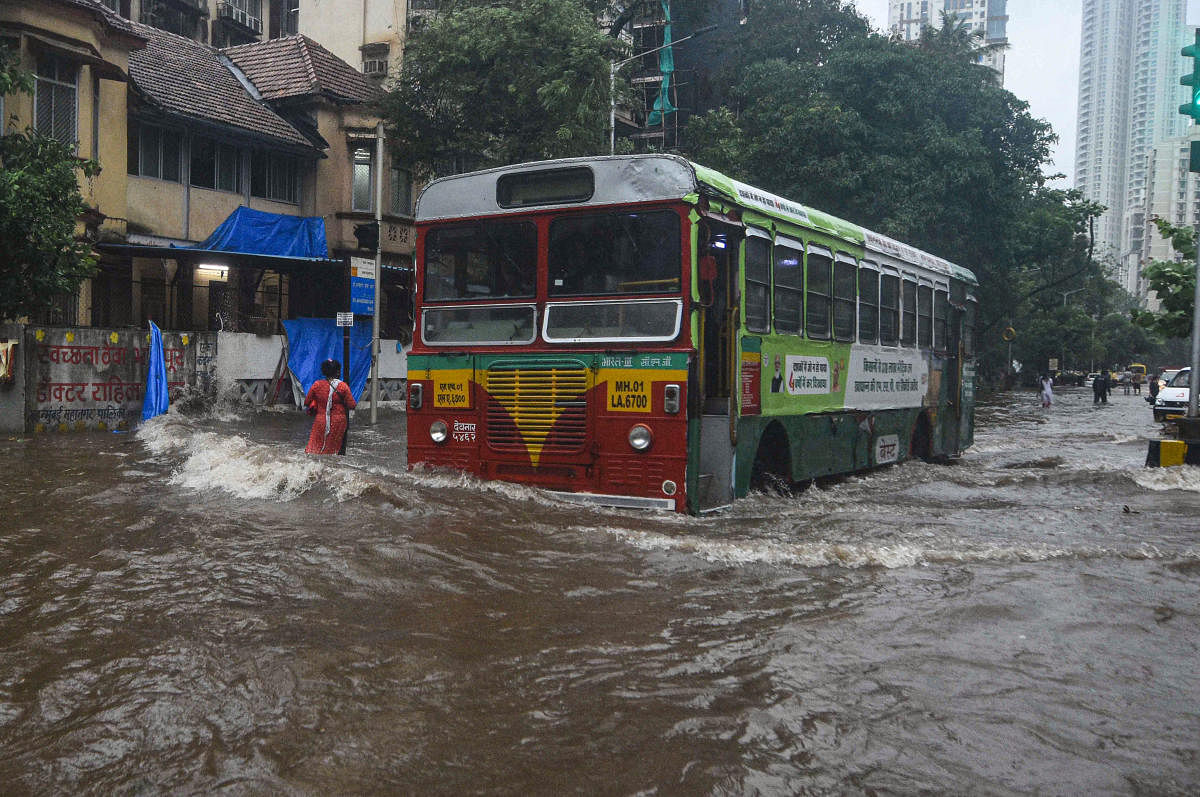
Over the last two decades, Maharashtra is experiencing problems triggered by climate changes - back-to-back droughts in the Marathwada and Vidarbha region, three cyclones on the Konkan coasts in the last two years, unseasonal rainfall and hailstorms, and now a severe heatwave.
The drought in Marathwada before the Covid-19 pandemic triggered a widespread migration to cities. Climate change is here and perhaps to stay for a long time, till timely measures are taken for a reversal.
“As climate extremes are becoming the new norm, mitigating them needs to be response-centric rather than relief-centric,” says Abinash Mohanty, Programme Lead in the Risks and Adaptation team at the Council on Energy, Environment, and Water (CEEW).
As per CEEW’s Climate Vulnerability Index, seven out of 10 people in Maharashtra are vulnerable to climate extremes. While Maharashtra is the economic and financial capital, it is also one of the most vulnerable states in India. Landscape disruption and encroachment of natural ecosystems like mangroves, and wetlands, among others, have triggered a spurt in extreme events such as cyclones, floods, droughts and heatwaves.
The recent IPCC report says that every additional 0.5 degrees Celsius of warming will increase hot weather extremes, along with extreme precipitation and drought. Heatwaves in India are likely to last 25 times longer by 2036-2065 if carbon emissions remain high.
The recent data shows that the early heat waves of 2022 that began on March 11 have impacted 15 Indian states and Union territories. States like Rajasthan, Madhya Pradesh, part of Maharashtra and central India have suffered the most with 25 heatwave and severe heatwave days each during this period.
“The world is not only getting hotter but also wetter or more humid. We usually consider the dry-bulb temperature — the ambient air temperature — to describe how hot or cold a place is," says Dr Anjal Prakash, Research Director, Bharti Institute of Public Policy, Indian School of Business.
Scientists, however, have been stressing about considering humidity that will affect human health and activities. Factoring in humidity along with the heat, called the heat index, helps determine what the temperature actually ‘feels like’.
"Of the 36 districts in Maharashtra, 11 districts were found highly vulnerable to extreme weather events, droughts and dwindling water security accounting for almost 40per cent of the cropped area across Central Maharashtra," says Chaitanya Adhav at the Indian Council of Agricultural Research (ICAR), Karnal, Haryana.
In the same way, 37per cent of the state’s agricultural area spread over 14 districts was also moderately vulnerable, which takes the tally to three-fourths of Maharashtra’s cropped regions as high to moderate vulnerable to the prevailing climate crisis.
“For coastal cities like Mumbai, the threat due to sea-level rise is compounded when heavy rainfall happens. Sea level rise can result in prolonged floods since the rainwater takes more time to get flushed out into the sea. The risk increases further if a cyclone hits the west coast, as in the case of cyclone Nisarga a few years ago," states Dr Roxy Mathew Koll, senior scientist, Indian Institute of Tropical Meteorology, Pune.
Cyclones can bring in heavy rainfall and also waves (storm surges) that push water onto the land. A rising sea level in the background can hence make these floods worse. However, cities are less prepared for such overlapping events.
"Take the case of Mumbai, where the Bandra Kurla Complex was built on mangrove land and the Mithi river was reduced to a nallah due to roads and encroachment. Our natural defences against sea-level rise are degraded," she added.